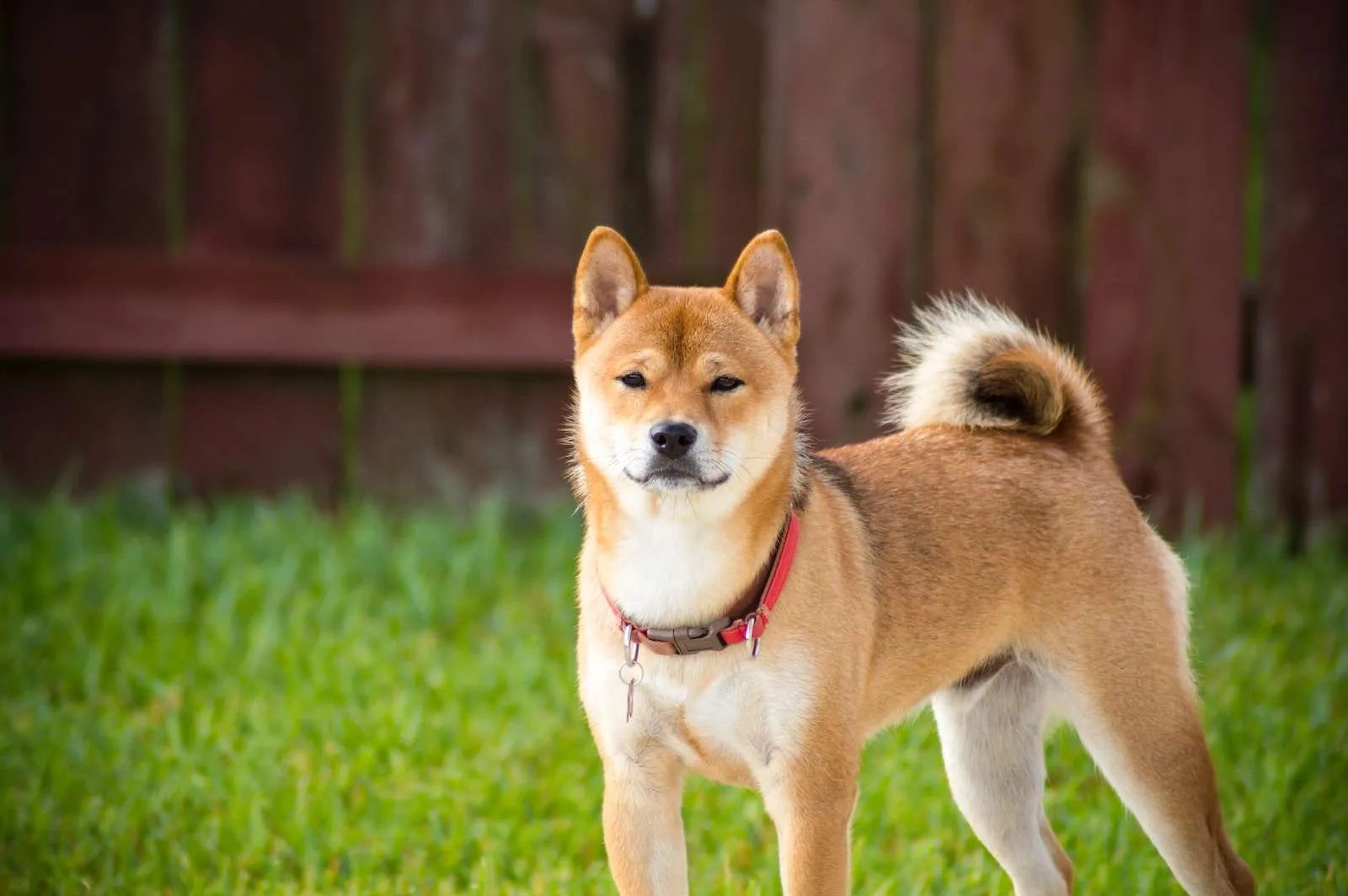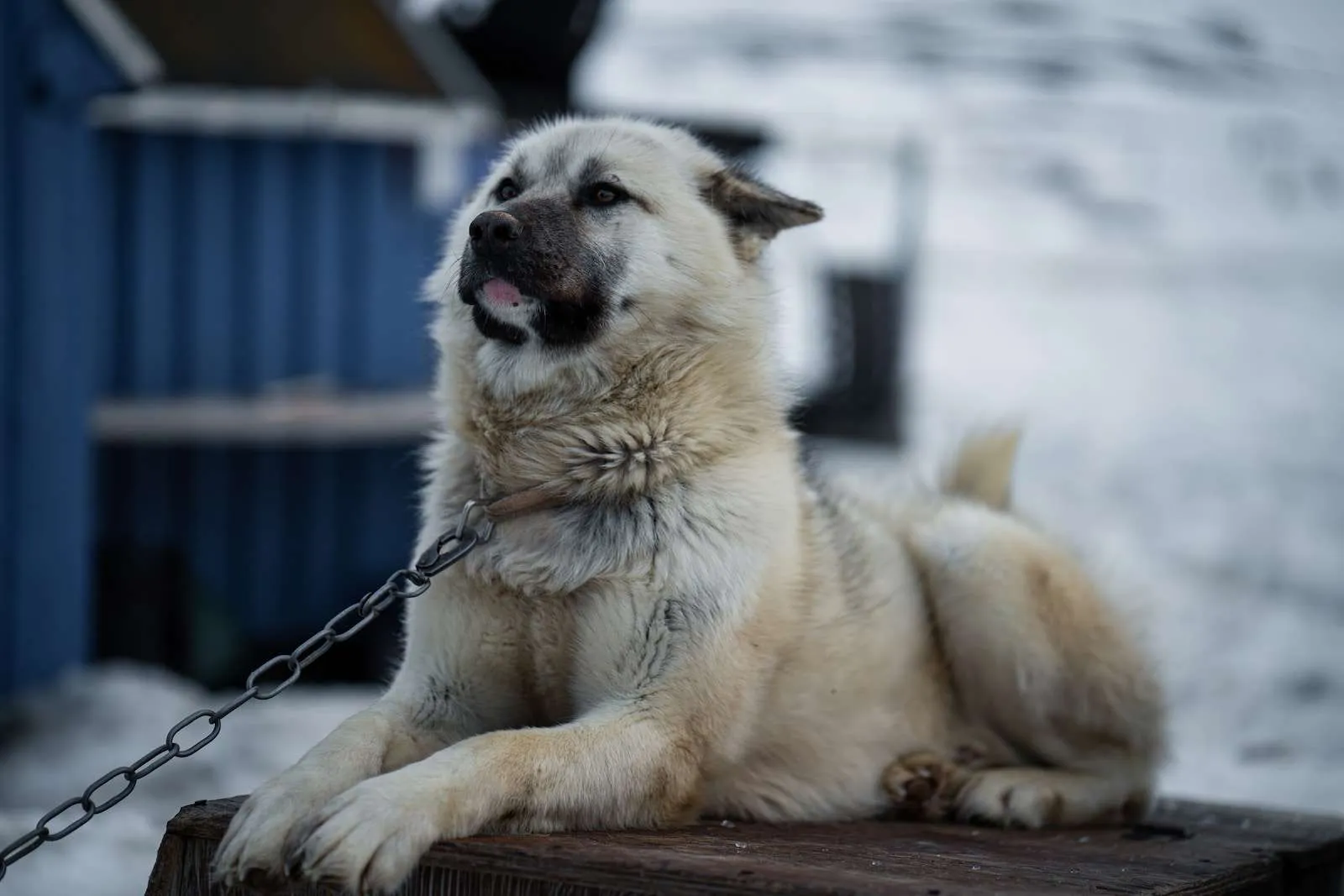Statistics:
- Height: 24 to 28 inches (male), 22 to 26 inches (female)
- Weight: 100 to 130 pounds (male), 70 to 100 pounds (female)
- Life Span: 10 to 15 years
- Diet: A balanced diet of high-quality dog food appropriate for their size, age, and activity level.
Akita Overview:
The Akita is a powerful and dignified breed originating from Japan. Known for their loyalty and devotion to their families, Akitas make excellent guardians and companions. Their majestic appearance and gentle nature have earned them a special place in the hearts of dog lovers worldwide.
Akita Highlights:
- Loyal and Protective: Akitas are fiercely loyal to their families and will go to great lengths to protect them.
- Courageous and Confident: This breed exudes confidence and courage, making them fearless protectors.
- Majestic Appearance: With their large size, erect ears, and thick double coat, Akitas have a regal and imposing presence.
Akita Evolution and History:
The Akita’s history traces back to ancient Japan, where they were bred as hunting and guard dogs. Over the centuries, they became associated with nobility and were revered for their loyalty and bravery. The Akita gained international recognition after one of these dogs, Hachiko, displayed unwavering loyalty to his owner, even after his owner’s death.
Akita Size and Weight:
Akitas are large and robust dogs, with males typically being larger and heavier than females.
Akita Personality:
Akitas are known for their dignified and calm demeanor. While they are affectionate with their families, they can be reserved around strangers. Early socialization and training are essential to ensure a well-mannered and well-adjusted Akita.
The Adaptability of the Akita:
Akitas are adaptable to various living situations, including houses with yards or apartments. However, they do require regular exercise and mental stimulation to keep them content and well-behaved.
Akita Temperament:
Akitas are known for their loyalty and devotion to their families. They are generally good with children they have been raised with, but early socialization is necessary to ensure they get along well with other pets and unfamiliar dogs.
Akita Maintenance and Grooming:
Akitas have a dense double coat that requires regular brushing to prevent matting and to manage shedding, especially during seasonal changes.
The Trainability of the Akita:
Akitas are intelligent and independent dogs, which can sometimes make training a challenge. They respond best to positive reinforcement training methods and consistent, patient handling.
Exercise Needs of the Akita:
Akitas have moderate exercise needs. Daily walks and playtime in a secure area are important to keep them physically and mentally stimulated.
Akita Health:
Akitas, like all breeds, may be prone to certain health issues. Some common health concerns include:
- Hip Dysplasia: A condition where the hip joint does not develop properly, leading to mobility issues.
- Progressive Retinal Atrophy (PRA): A genetic eye disease that can lead to vision loss over time.
- Autoimmune Disorders: Akitas can be susceptible to certain autoimmune diseases, such as autoimmune thyroiditis.
Akita Care:
Regular veterinary check-ups, a balanced diet, regular exercise, and proper grooming are essential aspects of caring for an Akita.
Akita Feeding:
Akitas should be fed a high-quality dog food appropriate for their size, age, and activity level.
Akita Coat Color and Grooming:
Akitas come in various colors, including white, brindle, red, and black. Their thick double coat requires regular grooming to keep it clean and free from mats.
Akita and Children:
Akitas can be wonderful family dogs when raised with children. However, due to their large size and protective nature, supervision is necessary during interactions.
Akita and Other Pets:
Proper socialization is crucial to ensure Akitas get along well with other pets in the household.
Similar Dogs:
- Shiba Inu: Both the Akita and the Shiba Inu are Japanese breeds known for their loyalty and independence. They also share similar coat colors and a fox-like appearance.
- Siberian Husky: The Siberian Husky and the Akita both have a wolf-like appearance and were bred for cold-weather conditions. They are intelligent and strong-willed dogs but may require different training approaches due to their distinct personalities.


